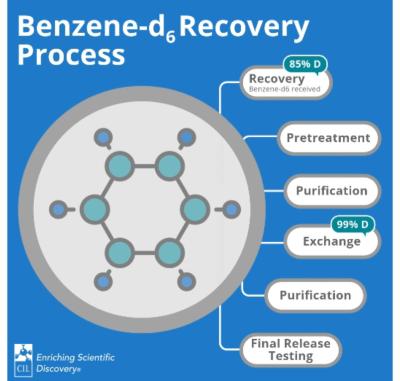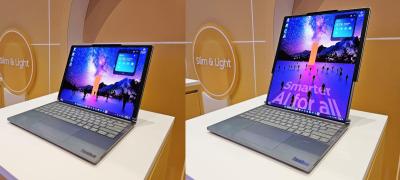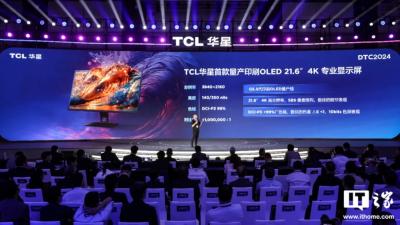Cambridge Isotope announces a breakthrough in OLED benzene recovery
Cambridge Isotope Laboratories (CIL) has successfully developed and implemented a game-changing benzene-d6 recovery program, addressing major pain points for manufacturers of OLED displays. This innovative service reduces costs, minimizes environmental impact, and conserves scarce deuterium supplies.
OLED display producers rely heavily on deuterated benzene (benzene-d6) as a critical starting material in their synthesis processes. However, this results in significant quantities of depleted benzene-d6, which is no longer usable but still retains considerable deuterium value. The disposal of such depleted material poses environmental challenges and substantial expenses.
CIL's benzene-recovery program offers a transformative solution. Customers can now return their depleted benzene-d6 to CIL, where it undergoes a proprietary re-enrichment process to restore it to virgin material quality. This service is available at a significant cost savings compared to new benzene-d6, providing significant economic benefits.











